QOTD: What Dead Car Brand Absolutely Deserved to Die?

Last month, I brought to you a Question of the Day about resurrection; saving something from an untimely death. Naturally, we were talking about car brands — specifically, which dead brand you’d select to bring back to life in a modern world, with a modern lineup.
In the well-established TTAC interest of balance, fairness, and equality in all things, now we ask the opposite question: Which car brand deserved its death?
I don’t want anyone to claim the beloved Eagle (my answer to the resurrection QOTD) deserved its death at the hands of Chrysler, which was committed only to Jeep for the production of new and exciting utility vehicles. Consider if you will, the following as an example of a brand meeting a timely and deserving death.
Pictured above is a Sterling 827, part of the oft-forgotten and rather awful Sterling offerings which graced roughly 135 Sterling dealerships for the brand’s 1987 launch. Austin Rover Cars of North America (ARCONA) was the distribution force behind the vehicles, but interestingly was not owned by Austin Rover Group. ARCONA was created by successful American auto dealer Norman Braman, with business conducted in the United States by Raymond Ketchledge.
A total of two models were offered during the brand’s brief history — the 825 sedan and 827 liftback seen above. Underneath the Sterling badges lies a Rover 800, which was created from a Frankenstein amalgamation of Acura Legend mechanicals and Rover build quality and electrics. At the time, Honda was in a partnership with Rover, and the two companies jointly developed many cars together. Mostly, Honda provided some of their existing basics underneath, and Rover developed the electrics and what you saw on the outside. Everything was put together in Merry England.
And indeed all was merry in the first year, as Sterling racked up over 14,000 sales in 1987, with only the 825 sedan available. But JD Power quickly placed Sterling at the bottom of its reliability survey, while the Acura Legend was near the top. Electrical issues, shoddy paint, rust, and interior trim problems abounded.
Rover took action in an attempt to correct the issues, but US consumers had made up their minds about the Sterling brand. It didn’t help that at the time the British pound was strong compared to the U.S. dollar, and the venture was losing money hand over fist. After just four years, Sterling withdrew from the United States, quickly selling off the remaining 825 and 827 models in 1991 and into 1992.
Good riddance, poorly built junk! What’s your pick for the car brand which deserved its death?
[Source: Hemmings]

Interested in lots of cars and their various historical contexts. Started writing articles for TTAC in late 2016, when my first posts were QOTDs. From there I started a few new series like Rare Rides, Buy/Drive/Burn, Abandoned History, and most recently Rare Rides Icons. Operating from a home base in Cincinnati, Ohio, a relative auto journalist dead zone. Many of my articles are prompted by something I'll see on social media that sparks my interest and causes me to research. Finding articles and information from the early days of the internet and beyond that covers the little details lost to time: trim packages, color and wheel choices, interior fabrics. Beyond those, I'm fascinated by automotive industry experiments, both failures and successes. Lately I've taken an interest in AI, and generating "what if" type images for car models long dead. Reincarnating a modern Toyota Paseo, Lincoln Mark IX, or Isuzu Trooper through a text prompt is fun. Fun to post them on Twitter too, and watch people overreact. To that end, the social media I use most is Twitter, @CoreyLewis86. I also contribute pieces for Forbes Wheels and Forbes Home.
More by Corey Lewis
Latest Car Reviews
Read moreLatest Product Reviews
Read moreRecent Comments
- TheEndlessEnigma Of course they should unionize. US based automotive production component production and auto assembly plants with unionized memberships produce the highest quality products in the automotive sector. Just look at the high quality products produced by GM, Ford and Chrysler!
- Redapple2 Got cha. No big.
- Theflyersfan The wheel and tire combo is tragic and the "M Stripe" has to go, but overall, this one is a keeper. Provided the mileage isn't 300,000 and the service records don't read like a horror novel, this could be one of the last (almost) unmodified E34s out there that isn't rotting in a barn. I can see this ad being taken down quickly due to someone taking the chance. Recently had some good finds here. Which means Monday, we'll see a 1999 Honda Civic with falling off body mods from Pep Boys, a rusted fart can, Honda Rot with bad paint, 400,000 miles, and a biohazard interior, all for the unrealistic price of $10,000.
- Theflyersfan Expect a press report about an expansion of VW's Mexican plant any day now. I'm all for worker's rights to get the best (and fair) wages and benefits possible, but didn't VW, and for that matter many of the Asian and European carmaker plants in the south, already have as good of, if not better wages already? This can drive a wedge in those plants and this might be a case of be careful what you wish for.
- Jkross22 When I think about products that I buy that are of the highest quality or are of great value, I have no idea if they are made as a whole or in parts by unionized employees. As a customer, that's really all I care about. When I think about services I receive from unionized and non-unionized employees, it varies from C- to F levels of service. Will unionizing make the cars better or worse?
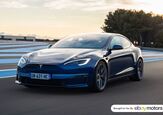


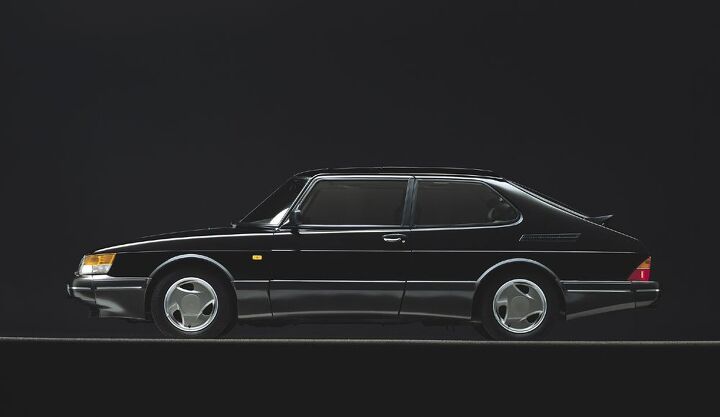













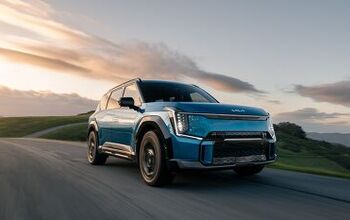
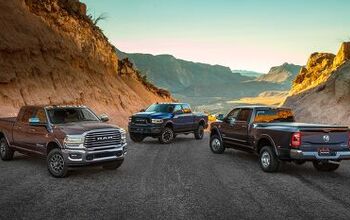

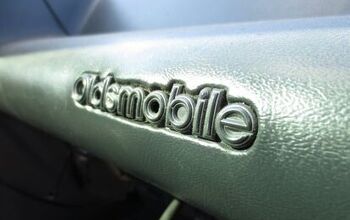

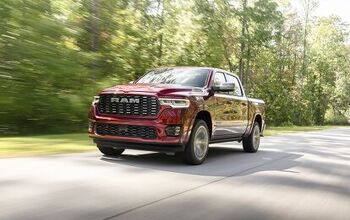

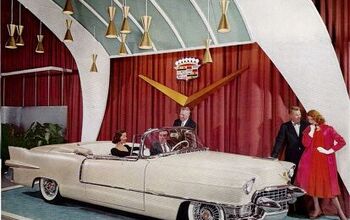
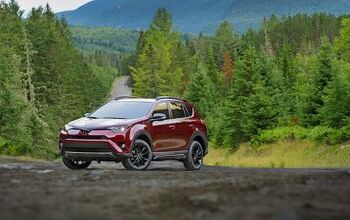
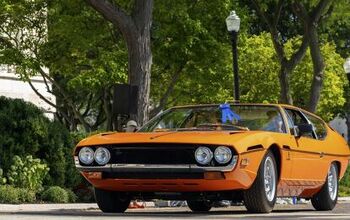
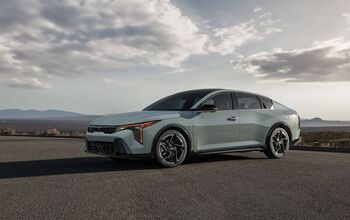
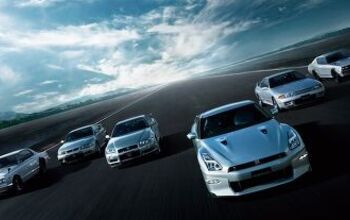

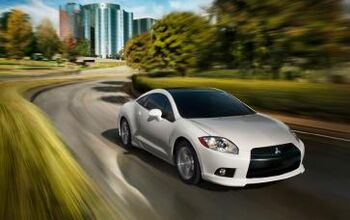



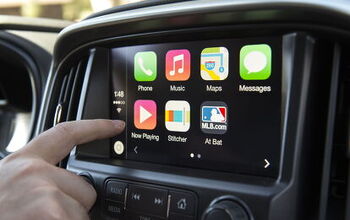
Comments
Join the conversation
Studebaker. Even though they had the brilliant designer Raymond Loewy and some brilliant engineers their build quality was horrible (even by 1950's and 60's standards). Too bad the Avanti was so far ahead of its time.
Daewoo. Cheap cars that were still overpriced.